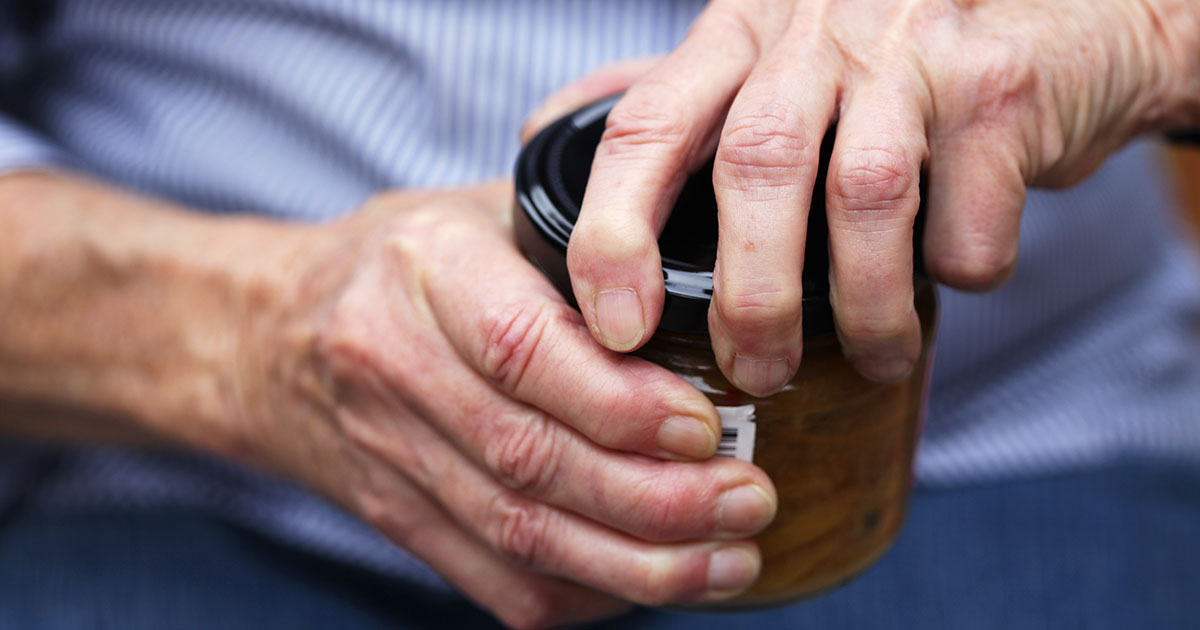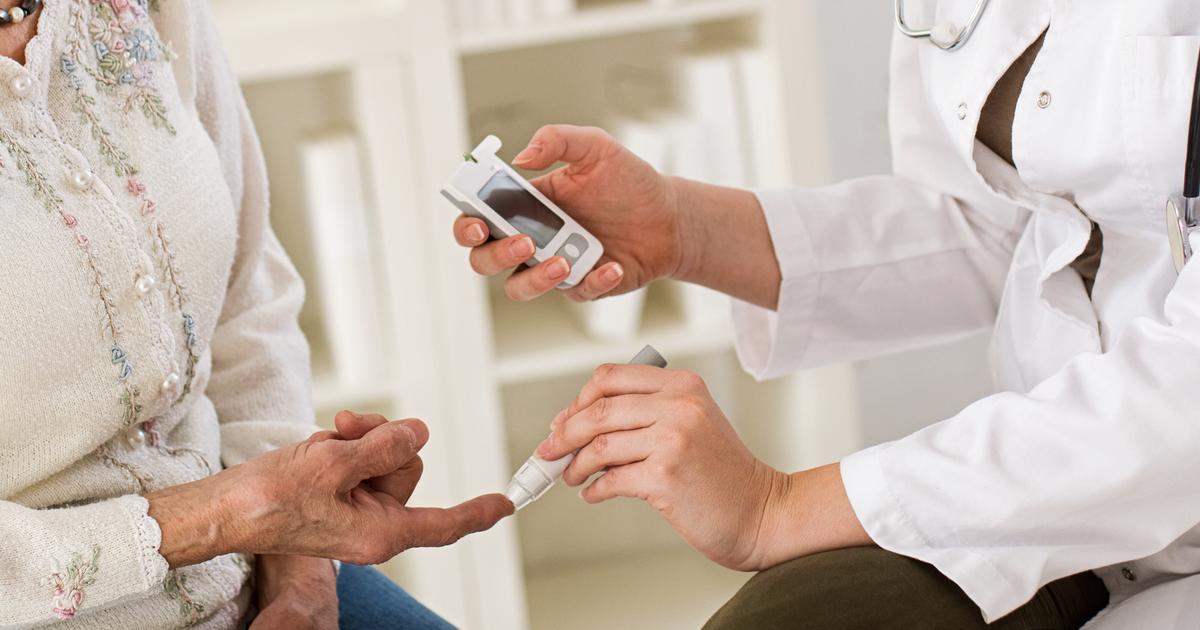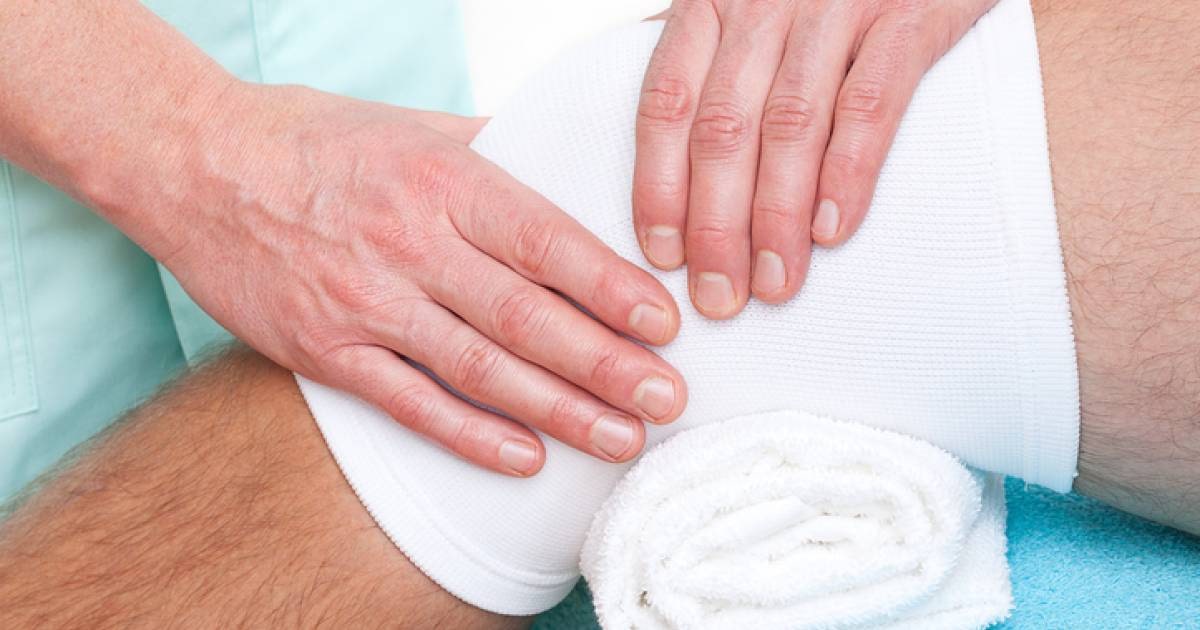Common Causes And Risk Factors Of Bursitis
Throughout the body, there are fluid-filled sacs that cushion the muscles, tendons, and bones. They provide cushioning for tissues near the joints so the joints can function without pain. The sacs are called bursae. If one of them becomes inflamed, the condition is called bursitis. Bursitis can occur in multiple places throughout the body, though it's most commonly found in the elbow, hip, and shoulder. Other places bursitis may occur include the heel, base of the big toe, and the knee. The most common risk factor for bursitis development is repetitive and long-lasting motion of the associated joint. Most cases of bursitis can resolve at home without needing extended medical care. However, if affected individuals have serious pain or present with symptoms of infection, they need to see a doctor to prevent potentially serious complications.
Get the details on the common causes and risk factors for bursitis now.
Repetitive Overhead Lifting

Repetitive overhead lifting can cause individuals to develop shoulder bursitis. This condition is the main leading cause of pain in the shoulders. Shoulder bursitis is more likely to develop in elderly people, middle-aged individuals, and those who have preexisting muscle weakness. If individuals repeatedly move their arm over their head, their chances of developing inflammation increase. There's also been a link between overhead lifting, poor posture, and shoulder bursitis. Individuals who work out must make sure they're using the correct form and posture for every lift. Athletes should constantly be aware of the set of their spine and shoulders. The same is true for construction workers, manufacturers, retail workers, food service workers, and others whose jobs involve manual labor.
Continue reading to reveal more risk factors and causes of bursitis now.
Prolonged Leaning On Elbows

Prolonged leaning on the elbows can cause individuals to develop elbow bursitis. This condition is also commonly called 'Popeye elbow,' 'student's elbow,' and 'baker's elbow.' With elbow bursitis, the tip of the elbow located at the back of the arm swells. Some individuals don't experience any painful symptoms. However, others may experience pain when they lean on their elbows or rest their elbows against a surface. In addition to pain when resting one's head on the elbows, actions like writing with the arm resting on a table can lead to pain. The condition most commonly occurs in office workers and students who rest their elbows against desks and other hard surfaces for long periods.
Discover additional causes and risk factors linked to bursitis now.
Rheumatoid Arthritis

The development of bursitis has been linked to rheumatoid arthritis. Many patients with rheumatoid arthritis also develop some form of bursitis, with one of the most common being hip bursitis. Bursitis is a condition characterized by inflammation of the outer lining of the bursa. This lining, called the synovial membrane, is essential for joint and tissue cushioning. Rheumatoid arthritis is a condition that causes the immune system to attack and break down the synovial membrane around the joints. This causes pain, inflammation, and progressive joint damage. Though it's not guaranteed that the immune system will also attack the synovial membrane surrounding the bursae, research has found rheumatoid arthritis patients have a higher risk of developing bursitis than individuals without it. In a similar vein, patients with gout have greater chances of developing bursitis because of the buildup of urate crystals within their synovial joints.
Uncover more risk factors and causes of bursitis now.
Diabetes

Diabetes mellitus is a disease that can cause widespread damage throughout the body, and individuals with diabetes may be more likely to develop bursitis. The most common type of bursitis seen in those with diabetes is shoulder bursitis, which may be related to other conditions like frozen shoulder and osteoarthritis. If there's nerve damage in the feet and lower legs, it's possible bursitis will develop in the heel or the big toe. Individuals with nerve damage in their feet should consistently examine their feet for signs of inflammation, infection, and injury. If the damage has led to numbness, they may not be able to feel bursitis-related pain in the foot. Diabetes occurs when a patient's blood sugar levels become too high, which leads to multiple kinds of damage. The disease is caused by an inability to create or to use sufficient insulin. Insulin is responsible for converting blood sugar into usable energy.
Get more information on what can cause bursitis now.
Injury Or Trauma To Joint

Bursitis can be caused by injury or trauma to the affected joint or around the affected joint. Trauma and injury may damage the bursa sac and lead to inflammation, or they may cause an immune response that, in turn, causes inflammation. In around twenty percent of bursitis cases, the underlying cause of the inflammation is an infection. The infection occurs when bacteria or another pathogen enters the joint or surrounding tissue through an abrasion like a cut, scrape, bite, or puncture. Bursitis caused by infection is septic bursitis, which requires prompt medical attention. Untreated, it can lead to serious and potentially life-threatening complications. Some signs of an underlying infection include redness and warmth around the joint, a fever, and pain severe enough to immobilize the joint.